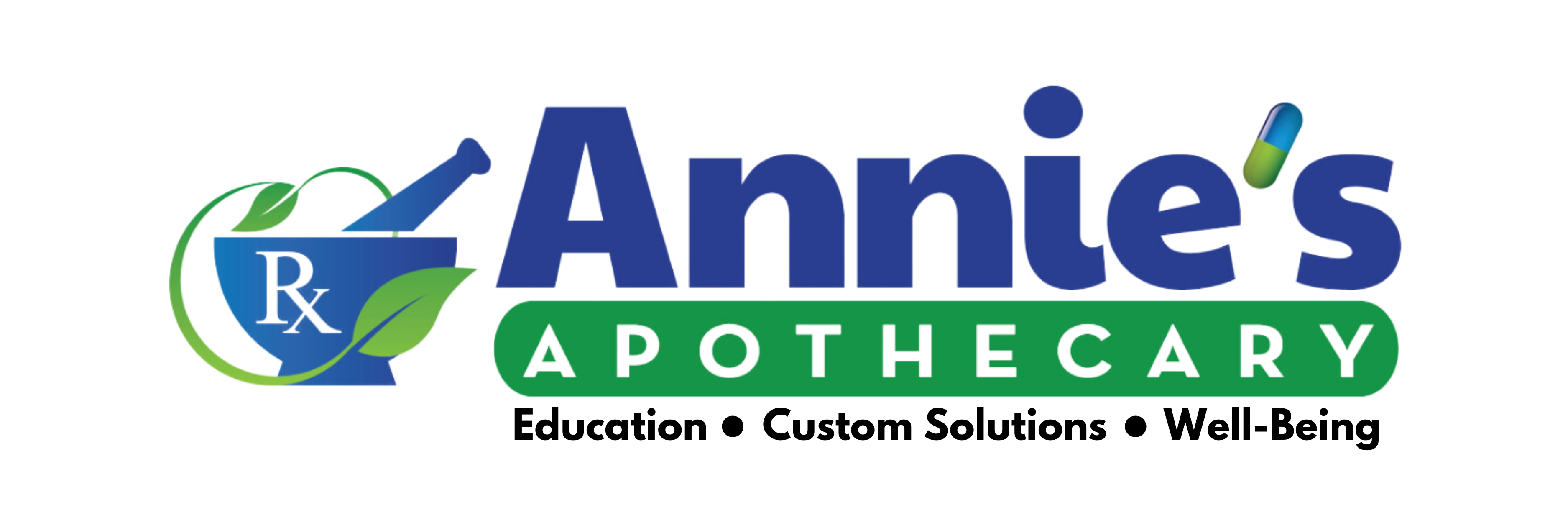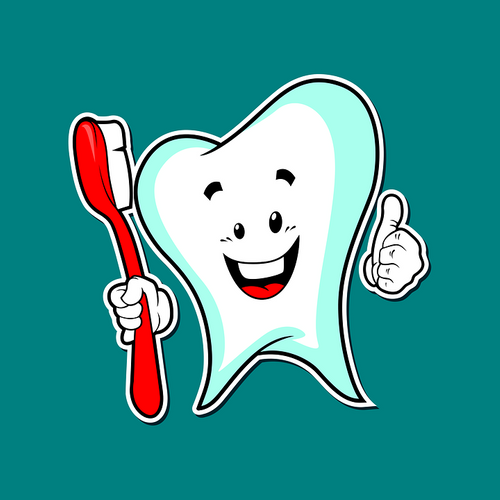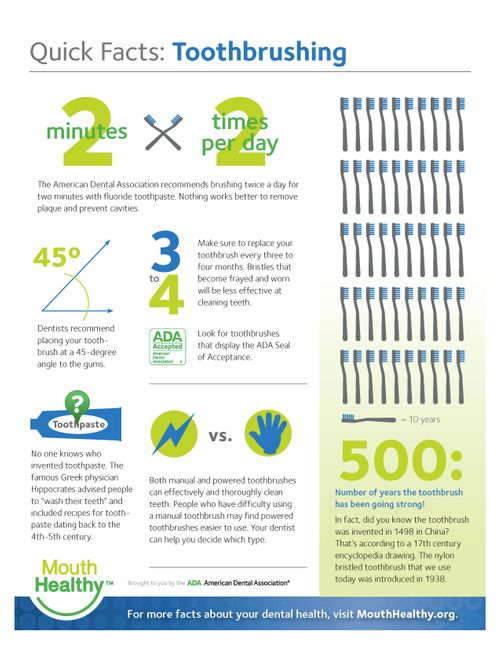With Halloween comes ghosts, goblins and goodies—and the sugar in those treats can play some unwanted tricks on your teeth if you’re not careful.
Here’s why: The bacteria in your mouth are probably more excited to eat Halloween candy than you are. When the bacteria eat the sugar and leftover food in your mouth, a weak acid is produced. That acid is what can contribute to cavities.
But don’t hang up your costume just yet. “Halloween is about candy, dressing up and having fun,” says ADA dentist Dr. Ana Paula Ferraz-Dougherty. “It’s OK to eat that candy on Halloween as a splurge as long as you’re brushing twice a day and flossing once a day all year long.”
To help you sort through the trick-or-treat bag loot, we have a rundown of some common candies and their impact on your teeth:
Chocolate
Chocolate is probably your best bet, which is good because it’s also one of the most popular kinds of candy handed out on Halloween. “Chocolate is one of the better candies because it washes off your teeth easier than other types of candy,” Dr. Ferraz- Dougherty says. “Dark chocolate also has less sugar than milk chocolate.”
Sticky and Gummy Candies
Be picky if it’s sticky. These are some of the worst candies for your teeth. “This candy is harder to remove and may stay longer on your teeth, which gives that cavity-causing bacteria more time to work,” Dr. Ferraz-Dougherty says.
Hard Candy
Hard candies are also ones to watch on Halloween. “They can actually break your teeth if you’re not careful,” Dr. Ferraz- Dougherty says. “You also tend to keep these kinds of candies in your mouth for longer periods of time so the sugar is getting in your saliva and washing over your teeth.”
Sour Candy
You might want to pass on things that make you pucker – especially if they are sticky and coated in sugar. “Sour candy can be very acidic,” says Dr. Ferraz-Dougherty. “And that acidity can weaken and damage the hard outer shell of your teeth, making your teeth more vulnerable to cavities.”
Popcorn Balls
Have some floss handy if you’re enjoying one of these fall favorites. “Kernels can get stuck in-between your teeth," Dr. Ferraz-Dougherty says. "They are also sticky, sugary and can be hard.”
Along with having Halloween, October is also National Dental Hygiene Month, an effort to celebrate the work dental hygienists do and to help raise awareness on the importance of good oral health.
This year, the awareness month is focusing on four routines that can help people maintain healthy smiles: brush, floss, rinse and chew. According to MouthHealthy.org, the ADA’s consumer website, the ADA recommends brushing your teeth twice a day, for two minutes, with a soft-bristled brush. The size and shape of the brush should fit the mouth allowing you to reach all areas easily
The proper brushing technique is to:
Place your toothbrush at a 45-degree angle to the gums.
Gently move the brush back and forth in short (tooth-wide) strokes.
Brush the outer surfaces, the inner surfaces and the chewing surfaces of the teeth.
To clean the inside surfaces of the front teeth, tilt the brush vertically and make several up-and-down strokes.
Brush your tongue to remove bacteria and keep your breath fresh.
Of course, brushing your teeth is only a part of a complete dental care routine. You should also make sure to:
- Clean between teeth daily once a day. Tooth decay-causing bacteria still linger between teeth where toothbrush bristles can’t reach. This helps remove plaque and food particles from between the teeth and under the gum line.
- Eat a balanced diet that limits sugary beverages and snacks.
- See your dentist regularly for prevention and treatment of oral disease.
Because teeth alone account for less than half of the mouth, rinsing can help eliminate biofilm and bacteria that brushing and flossing cannot. Rinsing often, along with brushing and flossing, may help reduce the chance of dental decay and infection. However, avoid rinses that have alcohol in them, according to MouthHealthy.org.
Lastly, clinical studies have shown that chewing sugarless gum for 20 minutes following meals can help prevent tooth decay. The chewing of sugarless gum increases the flow of saliva, which washes away food and other debris, neutralizes acids produced by bacteria in the mouth and provides disease-fighting substances throughout the mouth, according to MouthHealthy.org.


